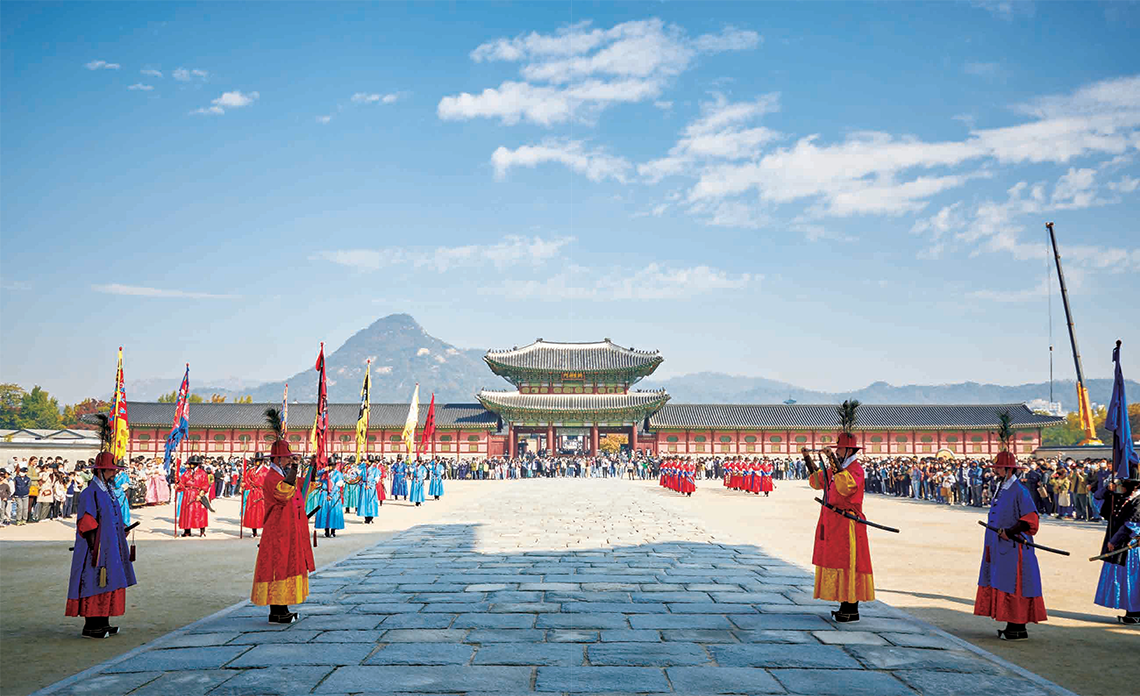Feature
-
Talchum on the UNESCO Intangible Cultural Heritage List
The Korean mask-dance tradition known as talchum was entered into the UNESCO Representative List of the Intangible Cultural Heritage of Humanity in December of last year. This achievement was a result of longstanding dedicated efforts made by the Cultural Heritage Administration in close cooperation with mask-dance masters and other stakeholders.
-
Conservation Science Connects Heritage and Technology
Watching the film series Night at the Museum, I often think about how wonderful it would be if Koreans of the past could come back to life and describe to us in detail how they lived. Admittedly, it is a far-fetched fantasy. Instead, my colleagues at the Conservation Science Division and I travel back and forth between heritage sites and laboratories as we reconstruct the lifeways of the people who lived in Korea before our time.
-
Artistic Legacy of Neolithic Whale Hunters in Daegok-ri
The Neolithic phase of cultural development is generally defined by the emergence of agriculture, domesticated animals, stone tools shaped by grinding, and the emergence of crafts such as pottery. The Neolithic Period in Korea defies this conventional definition, however. Korean archaeology associates the beginning of the Neolithic Period with the development of pottery, a form of material culture regarded as hard evidence of permanent settlement.
-
The Road Ahead for Korean Galleries in American Art Museums
One of my hobbies is visiting collections of Korean art in museums overseas. Since the late 1990s, the Korea Foundation, Korean corporations, and private collectors have generously supported the promotion of Korean art in major museums overseas. Through their efforts collections of Korean art have been strengthened and expanded. Many of the museums are also known ..
-
The Changing of the Guard at Gyeongbokgung Palace
Twenty Years into Its Restoration Reverberating drumbeats and a colorful array of flags regularly attract the eyes and ears of people around Gwanghwamun Gate of Gyeongbokgung Palace. It indicates that the changing of the guard ceremony is soon to take place here at the front gate of the primary palace of the Joseon Dynasty (1392–1910) with Mt. Bugaksan as a backdrop. The construction of Gyeongbokgung was completed in 1395.




